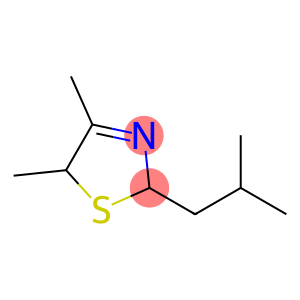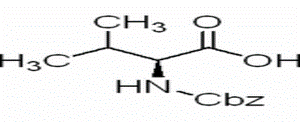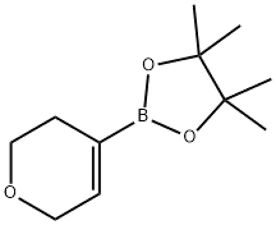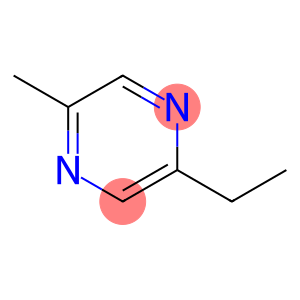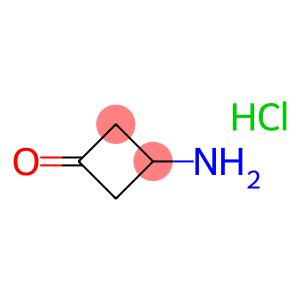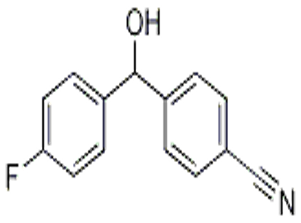4-5-Dimethyl-2-isobutyl-3-thiazoline(CAS#65894-83-9)
| WGK Germany | 2 |
| RTECS | XJ6642800 |
| TSCA | Yes |
| HS Code | 29341000 |
Introduction
4,5-Dimethyl-2-isobutyl-3-thiazoliline (also known as DBTDL) is an organic compound. The following is an introduction to the nature, use, manufacturing method and safety information of DBTDL:
Quality:
- Appearance: DBTDL is a colorless to yellowish liquid.
- Solubility: DBTDL can be dissolved in many organic solvents such as ethanol, ether and benzene.
- Stability: DBTDL is stable at normal temperatures, but decomposition can occur at high temperatures.
Use:
- Catalysts: DBTDL is often used as a catalyst, especially in organic synthesis, such as olefin polymerization, silane coupling reactions, etc. It is able to facilitate certain chemical reactions.
- Flame retardants: DBTDL is also used as an additive to flame retardants to improve the flame retardant properties of polymers.
- Reagents: DBTDL can be used as reagents in organic synthesis, e.g. for compounds with specific functional groups.
Method:
The preparation of DBTDL can be done by a variety of methods, one of the common methods is as follows:
- Reaction step 1: 2-thiacyclohexanone and isobutyraldehyde are reacted in the presence of sulfuric acid to generate 4,5-dimethyl-2-isobutyl-3-thiazoliline.
- Reaction step 2: Pure DBTDL products are obtained by distillation and purification.
Safety Information:
- DBTDL is irritating and corrosive, avoid direct contact with the skin and eyes.
- Maintain good ventilation conditions and avoid contact with oxidants, acids and alkalis when using and storing DBTDL.
- Do not discharge DBTDL into the sewer or environment and should be treated and disposed of in accordance with local regulations.


